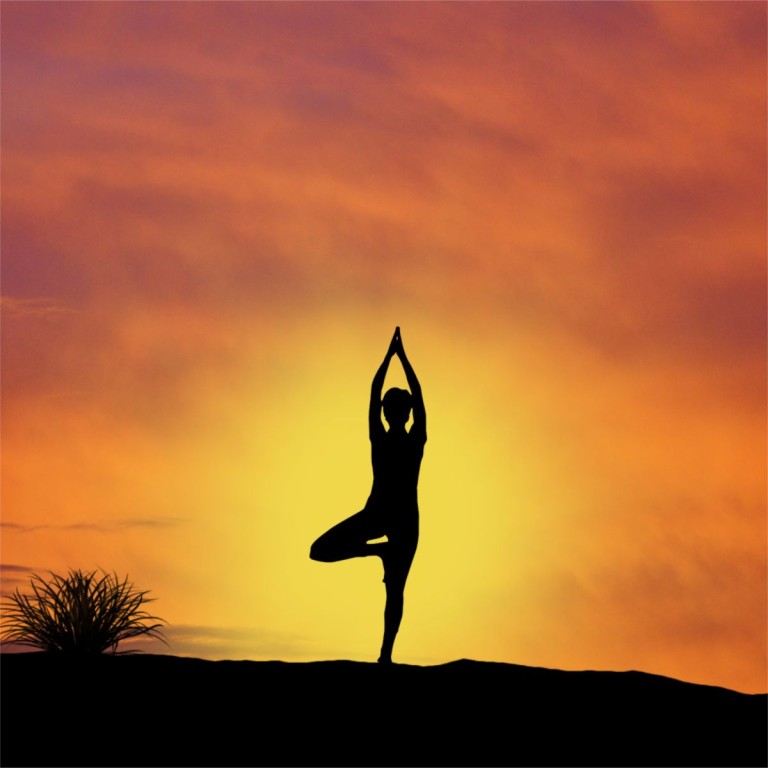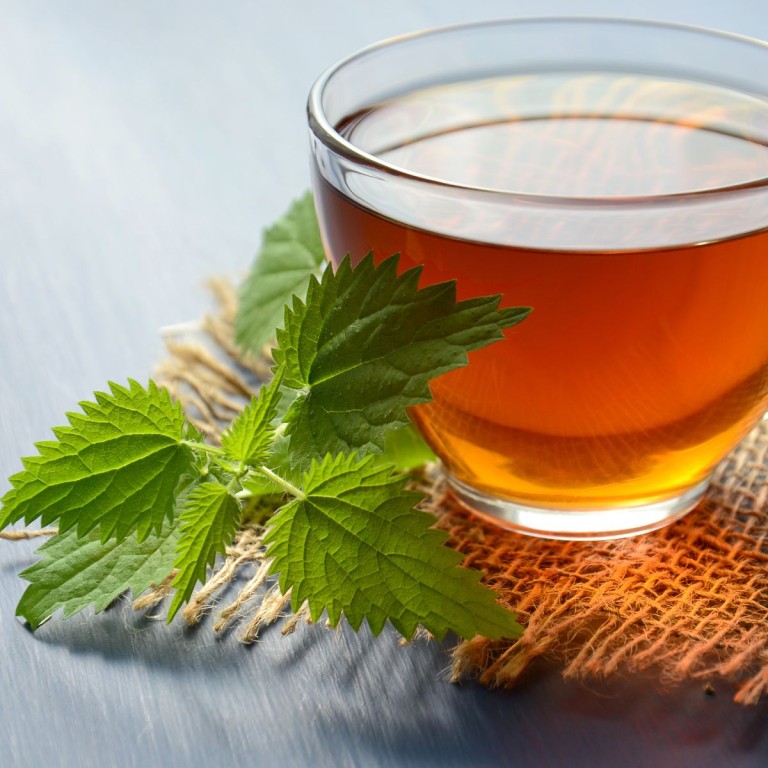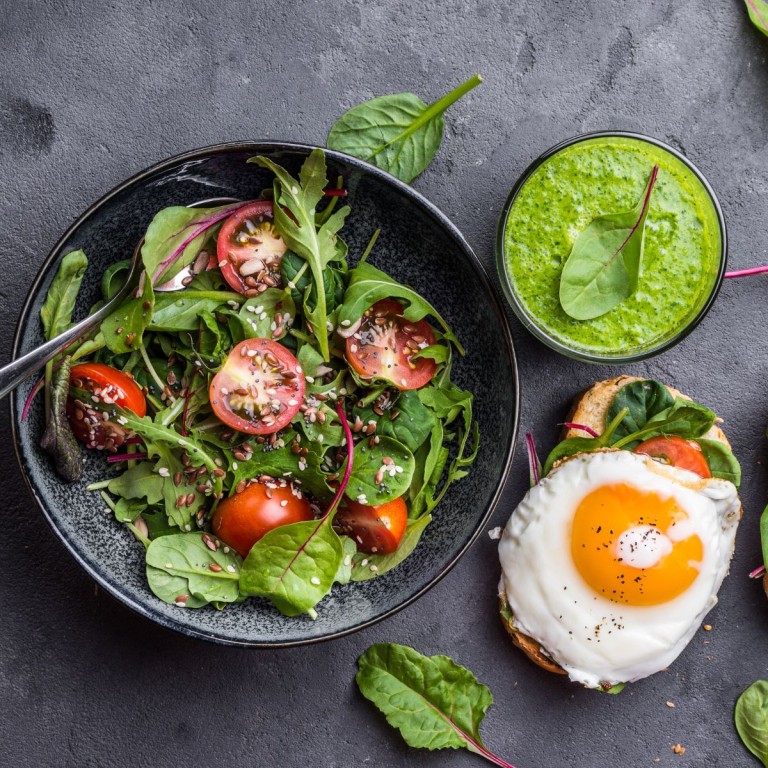Summer Skin Care Dos and Don’ts
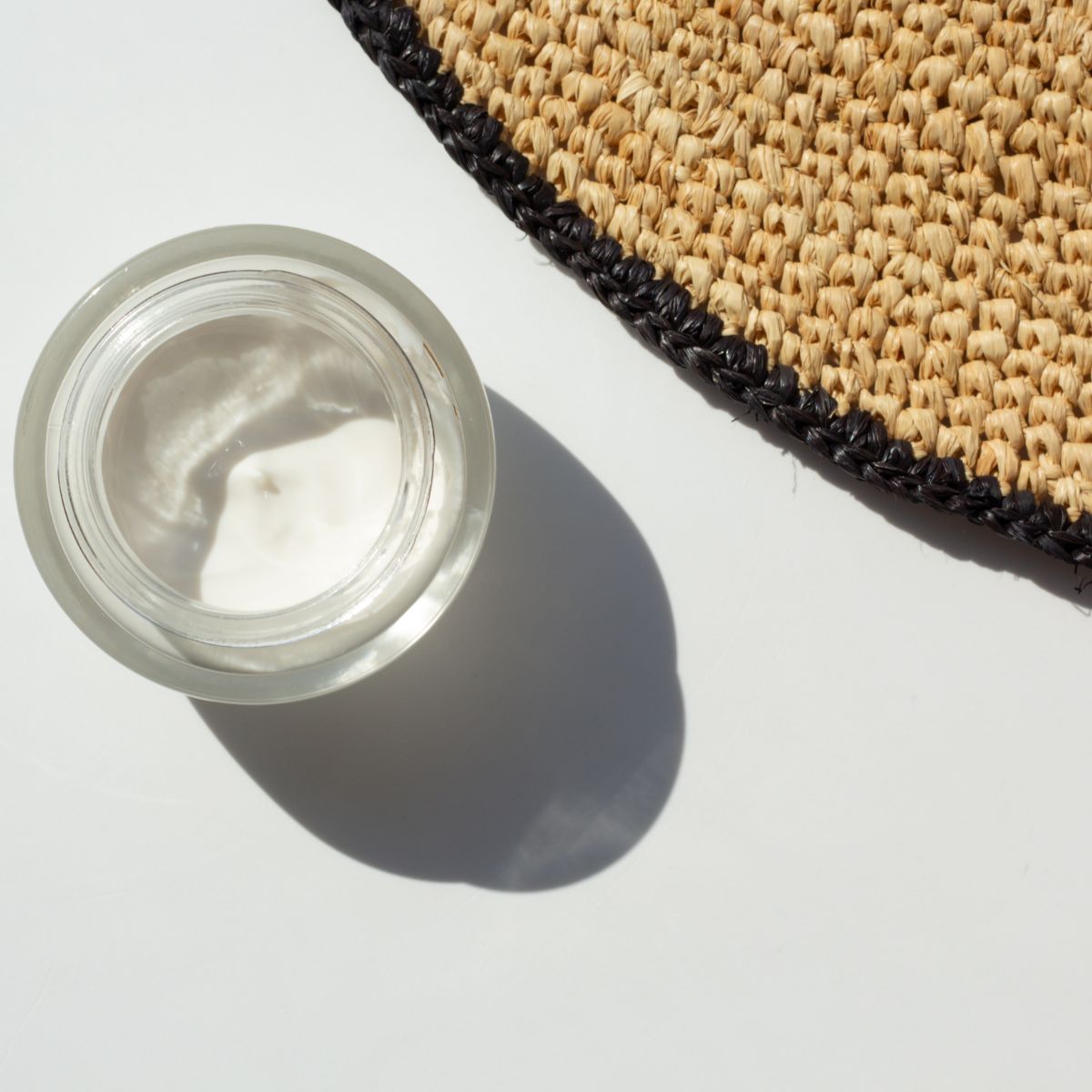
Tips on Ingredients to Look for in Sunscreen and How to Build up Your Body’s Internal SPF.
If you love being out in the sun as much as I do, I have some good news. It appears that not all unprotected sun exposure is bad for us. That doesn’t mean we can go crazy and spend hours outside in the summer with no protective clothing or sunscreen, but it does mean that slathering ourselves in the highest SPF possible may not be necessary all of the time. As it turns out, a growing number of studies1,2,3,4 show that a limited amount of unprotected sun exposure is not only okay, it’s actually good for us. That’s just one of the summer skin care dos and don’ts that I’m going to be sharing here as well as tips on ingredients to look for in sunscreen. I highly encourage you to keep reading because this post is full of vital need to know summer skin care information.
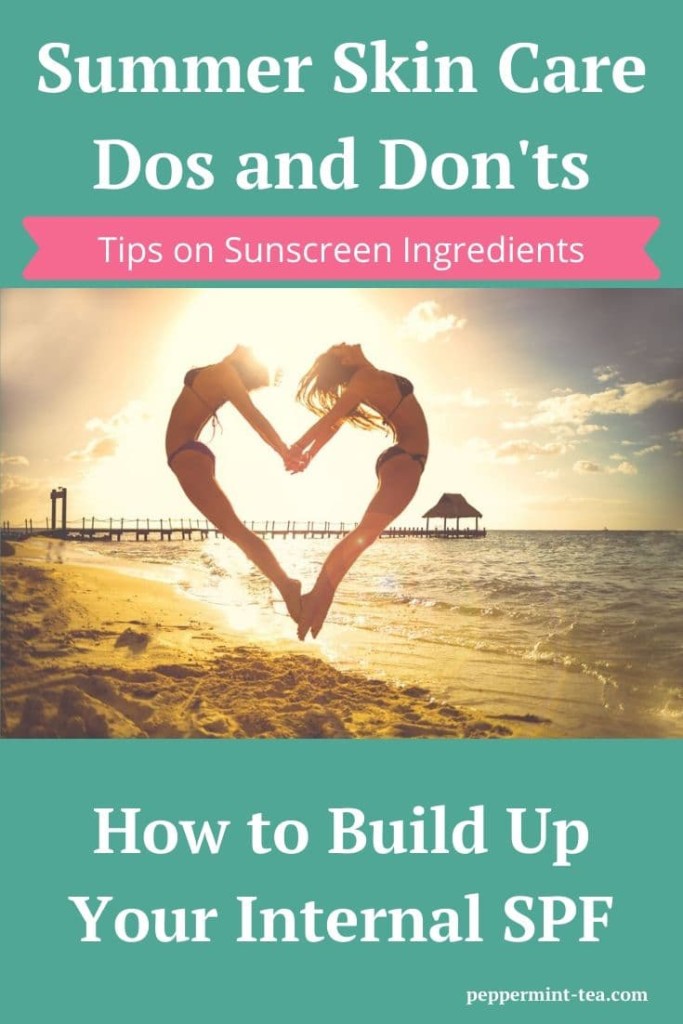
How is the Sun Good for Us?
While I’ve given up the days of thinking I could ever be tan, I do NEED to get my share of sunshine every day, otherwise I just don’t function correctly. Up until now, I couldn’t really tell you scientifically why that was the case. It just was. Now, I know that the sun is good for us in a number of ways, including the fact that it’s one of our primary sources of Vitamin D. According to researchers M Wacker and MF Holick in their 2013 study Sunlight and Vitamin D: A Global Perspective for Health, Vitamin D deficiency is linked to an “increased risk for many chronic diseases including autoimmune diseases, some cancers, cardiovascular disease, infectious disease, schizophrenia and type 2 diabetes.” It’s also well documented that Vitamin D is critical for bone health and brain activity.
Certified Health Coach Hannah Stoffel says the sun “does a lot of good things for our body. It’s anti-microbial, it’s anti-fungal…dealing with bacteria and things like that. There’s some research that shows that a certain amount of sun exposure is good for acne because at the root of it, acne is bacteria. Sun exposure also increases the production of serotonin, which is the happy hormone, so it helps to lower the rate of depression.”
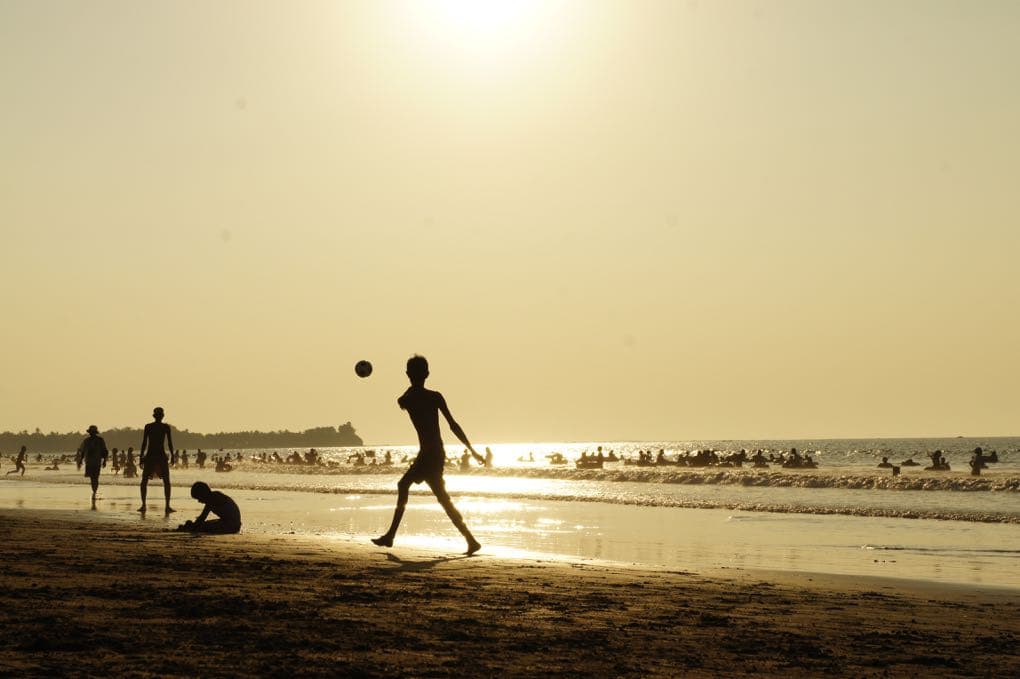
Recommended Time in the Sun for Summer Skin Care
The key word when it comes to summer skin care and time spent without sunscreen in the sun is “limited.” Hannah says, “Producing your own natural Vitamin D will help protect you from sun damage. The way you do that is not by avoiding the sun but going out in small increments of time where your skin is exposed to the sun and letting it absorb the sun’s rays. That’s going to build up a tolerance and a natural, internal SPF against sun damage.” She recommends 10-15 minutes every day in the summer.
For most places in the world, that’s the time of year when the sun is high enough in the sky for the Ultraviolet B rays to get through the atmosphere. These rays coming in contact with our skin produce Vitamin D. According to the Vitamin D Council, the more skin that is exposed, the more Vitamin D that’s produced. That means that Hannah’s recommended 10-15 minutes if you have fair skin could make 10,000-25,000 IU of Vitamin D. If you have darker skin, it may take longer. The Vitamin D Council also says the time of day you’re exposing your skin to the sun makes a difference, with the middle of the day being best.
As a frame of reference, the U.S. Government’s Recommended Dietary Allowances (RDAs) for Vitamin D is 600 IU for anyone between the ages of 1 and 70 and 800 IU for anyone over the age of 70. Many experts believe these amounts should be higher, so soaking up what you can in 10-15 minutes in the summer sun should have you covered or at least get you close for part of the year.
Important note
It is important to note that despite all of the research showing the benefits of limited unprotected sun exposure, the American Academy of Dermatology (AAD) still cites skin cancer as the reason it does not recommend getting Vitamin D from sun exposure or indoor tanning. Instead, the AAD recommends getting Vitamin D from a healthy diet that includes foods naturally rich in vitamin D, foods and beverages fortified with vitamin D, and/or vitamin D supplements.
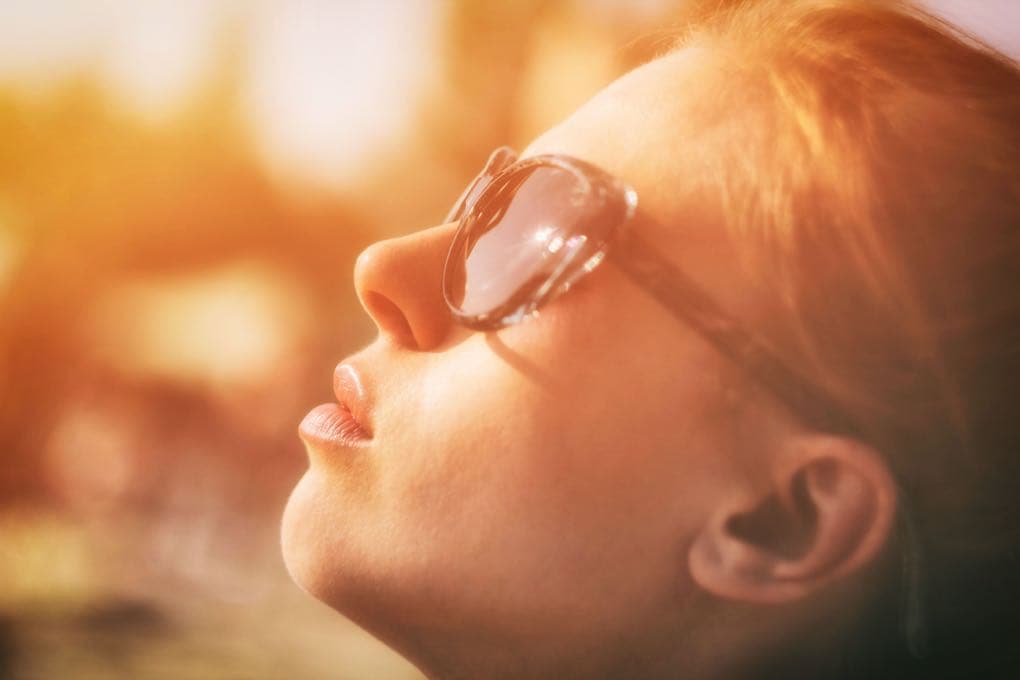
Prolonged Sun Exposure – Summer Skin Care and Protection
One thing it seems like everyone can agree on is that if you are going to be out in the sun for an extended period of time, protection is the name of the game when it comes to summer skin care. Hannah suggests wearing protective clothing and limiting peak times of direct exposure. She recommends going out earlier in the morning or late in the afternoon or evening.
Zinc Oxide
Hannah also says that using a sunscreen that contains zinc oxide with SPF 30 is the healthiest and most effective option for protecting your skin if you are going to be out for a long period of time. She warns that “The hard, cold truth is that most sunscreens are not good because they’re filled with possible carcinogens.” The Environmental Working Group (EWG) agrees that zinc oxide poses a low risk in lotions and is one of the safest options for protecting your skin because it comes with few health concerns and doesn’t break down in the sun. Studies also show that it does not penetrate the skin in significant amounts and enter the bloodstream. The EWG does caution that zinc oxide in powders and sprays is a health concern because it can be inhaled.
While many products may include zinc oxide, the best way to know if it’s the main ingredient is for it to be listed as the primary active ingredient on the ingredient label. Be sure and check out the EWG’s rankings of sun, beach and sport sunscreens that contain zinc oxide if you want to see the exact products they recommend.
Be wary of high SPF sunscreens
If you also want to find out why the EWG says we should be wary of high SPF sunscreens, read their article on that here. As I replace my non-zinc oxide SPF 100 sunscreen with a safer version, I definitely won’t put as much stock in the high SPF – especially since I’ve gotten a sunburn within an hour of application even when I’ve used SPF 100. That’s why I try to wear my hat whenever possible.

Other Ways to Build Up Your Body’s Internal SPF for Summer Skin Care
In addition to building up a tolerance for the sun by exposing our unprotected skin for a few minutes each day, Hannah also says that we can boost our body’s internal SPF as part of our summer skin care routine in the following ways:
- Eat colorful, antioxidant rich foods such as carrots, tomatoes, organic red bell pepper, organic dark chocolate and organic green tea. These are all excellent choices for building natural sun protection.
- Avoid highly processed and highly refined sugary foods. They will hinder your body’s natural protection from the sun.
- Consider adding carrot seed essential oil to your moisturizer (she trusts and recommends the Young Living brand). Don’t wash your face in the morning, although you may gently rinse it with warm water. Then apply your toner and moisturizer as you normally would. Switch out your skin care from products that strip away your skin’s natural protective barrier. A face wash that suds is a sign that it’s stripping away your natural protective oils.
Do What Makes Sense for You When it Comes to Summer Skin Care
As you’ve seen here – there are some conflicting opinions on the subject of even limited unprotected sun exposure. But I, for one, will be taking the information and tips I’ve passed along here and put them to a sensible test for myself. It all makes sense to me, but you have to do what makes sense for you when it comes to summer skin care. We are all responsible for own health and our own decisions, but the goal of Peppermint Tea & Me is to provide you with reliable (and sometimes conflicting) information to help you along the way.
If you have had skin cancer or a skin cancer scare, by all means, do exactly as your dermatologist recommends. I’m assuming that’s to stay out of the sun whenever possible and if you do have to be out, protect with sunscreen, with what you’re wearing and by providing your own shade with an umbrella or a tent.
Find Out More
If you haven’t read my other two posts in this skin care series, please feel free to check them out and let me know what you think in the comments section below or on Facebook.



